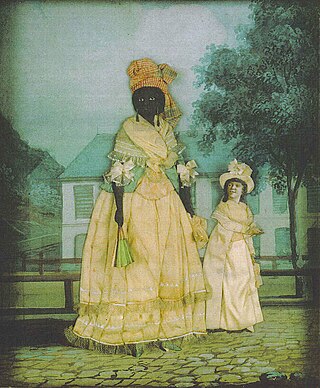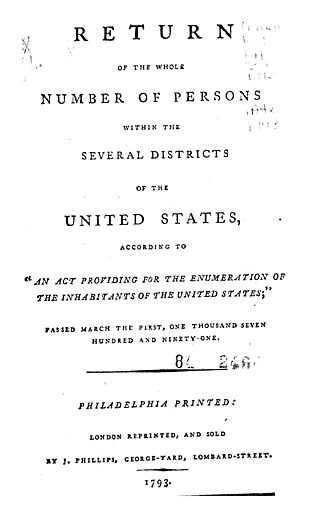
Westmoreland County is a county located in the Northern Neck of the Commonwealth of Virginia. As of the 2020 census, the population sits at 18,477. Its county seat is Montross.

Southampton County is a county located on the southern border of the Commonwealth of Virginia. North Carolina is to the south. As of the 2020 census, the population was 17,996. Its county seat is Courtland.

Pulaski County is a county located in the southwestern part of the U.S. state of Virginia. As of the 2020 census, the population was 33,800. Its county seat is Pulaski. Pulaski County is part of the Blacksburg–Christiansburg, VA Metropolitan Statistical Area.

Northampton County is a county located in the Commonwealth of Virginia. As of the 2020 census, the population was 12,282. Its county seat is Eastville. Northampton and Accomack Counties are a part of the larger Eastern Shore of Virginia.

Albany is a village in Athens County, Ohio, United States. The population was 917 at the 2020 census.

Ripley is a village in Union Township, Brown County, Ohio, United States, along the Ohio River 50 miles southeast of Cincinnati. The population was 1,591 at the 2020 census.

Salina is a town in Mayes County, Oklahoma, United States. The population was 1,396 at the 2010 census, a slight decline from the figure of 1,422 recorded in 2000.

Lincolnia is a census-designated place (CDP) in Fairfax County, Virginia, United States. The population was 22,828 at the 2010 census, an increase of over 44% from 2000.

Mount Vernon is a census-designated place (CDP) and unincorporated community in Fairfax County, Virginia, United States. The population was 12,416 at the 2010 census. Primarily due to its historical significance and natural recreation and beauty, the Mount Vernon area receives over one million tourists each year.
In the United States census, the U.S. Census Bureau and the Office of Management and Budget define a set of self-identified categories of race and ethnicity chosen by residents, with which they most closely identify. Residents can indicate their origins alongside their race, and are asked specifically whether they are of Hispanic or Latino origin in a separate question.

In the United States before 1865, a slave state was a state in which slavery and the internal or domestic slave trade were legal, while a free state was one in which they were prohibited. Between 1812 and 1850, it was considered by the slave states to be politically imperative that the number of free states not exceed the number of slave states, so new states were admitted in slave–free pairs. There were, nonetheless, some slaves in most free states up to the 1840 census, and the Fugitive Slave Clause of the U.S. Constitution, as implemented by the Fugitive Slave Act of 1793 and the Fugitive Slave Act of 1850, provided that a slave did not become free by entering a free state and must be returned to his or her owner.

In the British colonies in North America and in the United States before the abolition of slavery in 1865, free Negro or free Black described the legal status of African Americans who were not enslaved. The term was applied both to formerly enslaved people (freedmen) and to those who had been born free, whether of African or mixed descent.

The 1850 United States census was the seventh decennial United States Census Conducted by the Census Office, it determined the resident population of the United States to be 23,191,876—an increase of 35.9 percent over the 17,069,453 persons enumerated during the 1840 census. The total population included 3,204,313 slaves.

The 1840 United States census was the sixth census of the United States. Conducted by U.S. marshals on June 1, 1840, it determined the resident population of the United States to be 17,069,453 – an increase of 32.7 percent over the 12,866,020 persons enumerated during the 1830 census. The total population included 2,487,355 slaves. In 1840, the center of population was about 260 miles (418 km) west of Washington, near Weston, Virginia.

The 1790 United States census was the first United States census. It recorded the population of the whole United States as of Census Day, August 2, 1790, as mandated by Article 1, Section 2, of the Constitution and applicable laws. In the first census, the population of the United States was enumerated to be 3,929,214 inhabitants.

The 1810 United States census was the third census conducted in the United States. It was conducted on August 6, 1810. It showed that 7,239,881 people were living in the United States, of whom 1,191,362 were slaves.

The 1830 United States census, the fifth census undertaken in the United States, was conducted on June 1, 1830. The only loss of census records for 1830 involved some countywide losses in Massachusetts, Maryland, and Mississippi.
The Chestnut Ridge people (CRP) are a mixed-race community concentrated in an area northeast of Philippi, Barbour County in north-central West Virginia, with smaller related communities in the adjacent counties of Harrison and Taylor. They are often referred to as "Mayles", or "Guineas".

Vermont was amongst the first places to abolish slavery by constitutional dictum. Although estimates place the number of slaves at 25 in 1770, slavery was banned outright upon the founding of Vermont in July 1777, and by a further provision in its Constitution, existing male slaves became free at the age of 21 and females at the age of 18. Not only did Vermont's legislature agree to abolish slavery entirely, it also moved to provide full voting rights for African-American males. According to the Smithsonian's National Museum of African American History and Culture, "Vermont's July 1777 declaration was not entirely altruistic either. While it did set an independent tone from the 13 colonies, the declaration's wording was vague enough to let Vermont's already-established slavery practices continue."














